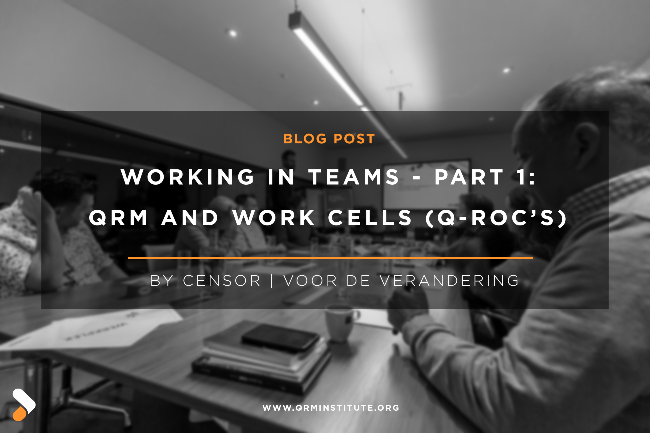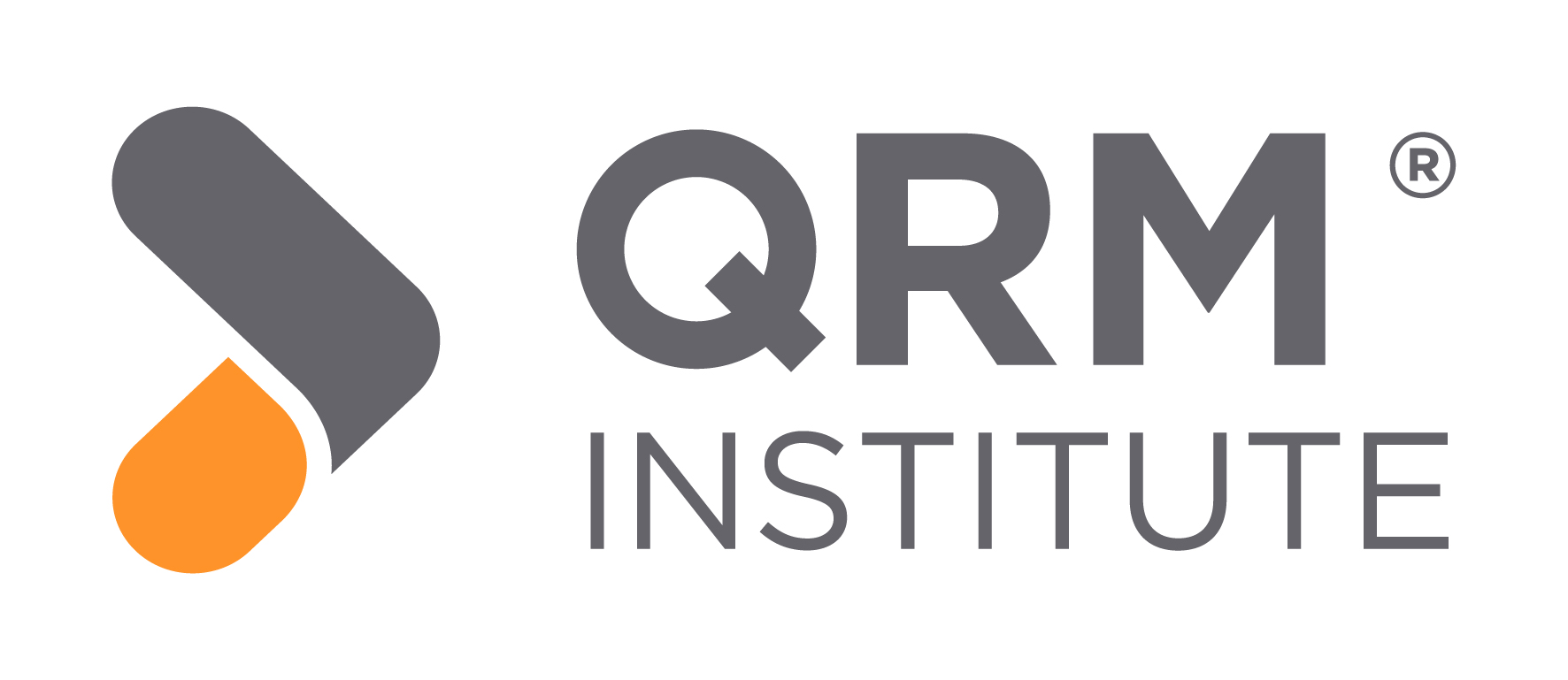Working in teams – part 1: QRM and work cells (Q-ROC’s)

Working in teams? That’s nothing new for most companies. By placing a group of employees together, they will work in a team context. Constructive and socially beneficial, right? Certainly, but it’s questionable whether it really contributes to speeding up lead times. Due to the fact such teams consist of employees from the same hierarchy, the communication speed towards management and management does not improve. The solution? Work cells.
A QRM work cell is a place in the organization where different operations are brought together consistently. The traditional functional organizational structure has been replaced by a process and product-based one. So you don’t see a hierarchy of CEO, higher management, department managers and production staff in a cell. No, a cell consists of employees who are of necessary value for the relevant process or product(-flow): marketeers, sales people, planners, production employees, administrative staff, etc.
Where do you find QRM cells?
You can come across these cells both in the workplace and in the office. All too often you see combinations of tasks within these cells that directly and indirectly influence the process or product in question.
Focused Target Market Segment
Production in cells is a concept that has been around for decades. This concept often has three characteristics:
- a linear flow;
- a fixed follow-up of operations;
- prescribed intervals within which operations must be performed.
QRM extends these three characteristics in different ways. QRM cells are always set up with a precise Focused Target Market Segment (also known as: product-market combination).
No job description, but a role with multiple tasks
With the focus on the process or product to which a cell is connected, we look at which operations (tasks) are needed to achieve these processes and products. These tasks are then assigned to different employees. It is therefore of great importance to make them multidisciplinary employable. QRM therefore permanently terminates – often unilateral – job descriptions of employees. Instead, each employee fulfills a role in which they perform multiple tasks. Employees mutually teach each other’s activities (this is called ‘cross-training’).
Q-ROC
A QRM cell is also called a Q-ROC, which stands for Quick Response Office Cell. Contrary to what is suspected, in this cell, in addition to office tasks, tasks from the workplace also take place. The physical placement of a Q-ROC is a considered choice: the aim is to place it as close as possible to the execution of the process or product. Think of a Q-ROC on the production floor or in assembly.
The benefits of Q-ROC’s at a glance:
• The product flow becomes clear and simple;
• Less work in progress
• Fewer handovers
• Improved flow
• Easy to manage
• Enrichment of activities
• Increased quality
• Fewer activities that offer no added value
• Ownership
Find out more about QRM and what it can do for your company
READ MORE
